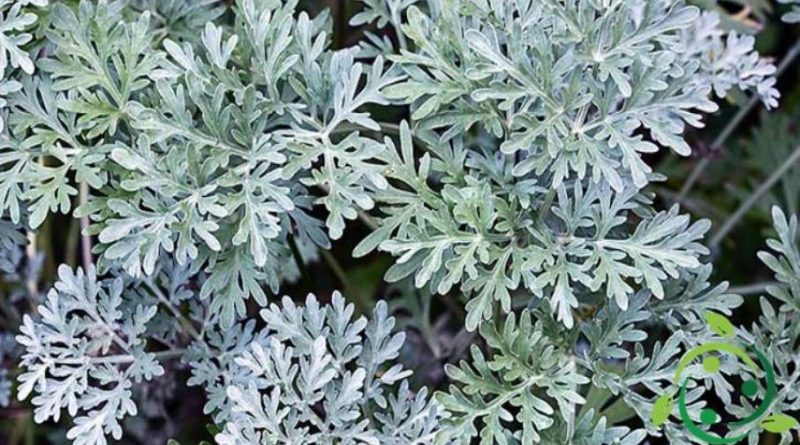How to prepare an insecticide with Absinthe
How to prepare an insecticide with Absinthe
Wormwood (Artemisia absinthium L., 1753) is a small medicinal herbaceous plant belonging to the Asteraceae family. The antiparasitic properties of this species are mainly related to tannins, resins and especially to the tujone. The tujone is a ketone and a terpenoid that exists in two stereoisomere forms: (+) – 3-tujone or α-tujone and (-) – 3-tujone or β-tujone. It has a menthol smell. This compound is found in absinthe and in the tansy.
All these active ingredients are very effective against rust (to be used as an infusion or decoction). For the preparation of this insecticide all parts of the plant (stem, leaves and flowers) harvested during the period from June to September are used.
Absinthe can be used both as an infusion and as a macerate. The following doses are recommended: 300 grams of fresh plant (or 30 grams of dried plant) per 10 liters of water. It is recommended to use pure infusion against the cabbage (which is a moth) during its flickering or spray directly on the plants to fight aphids and other caterpillars. You can do the same for the undiluted macerate, just spray on the plants to fight the aphids in the period from spring to the end of summer.
It is important to know that both the infusion and the wormwood macerate are also effective natural repellents against ants feeding on sugary substances secreted by aphids (and other insects), they end up attracting other annoying parasites by tending them and transporting them on the plants as well to increase its propagation.

